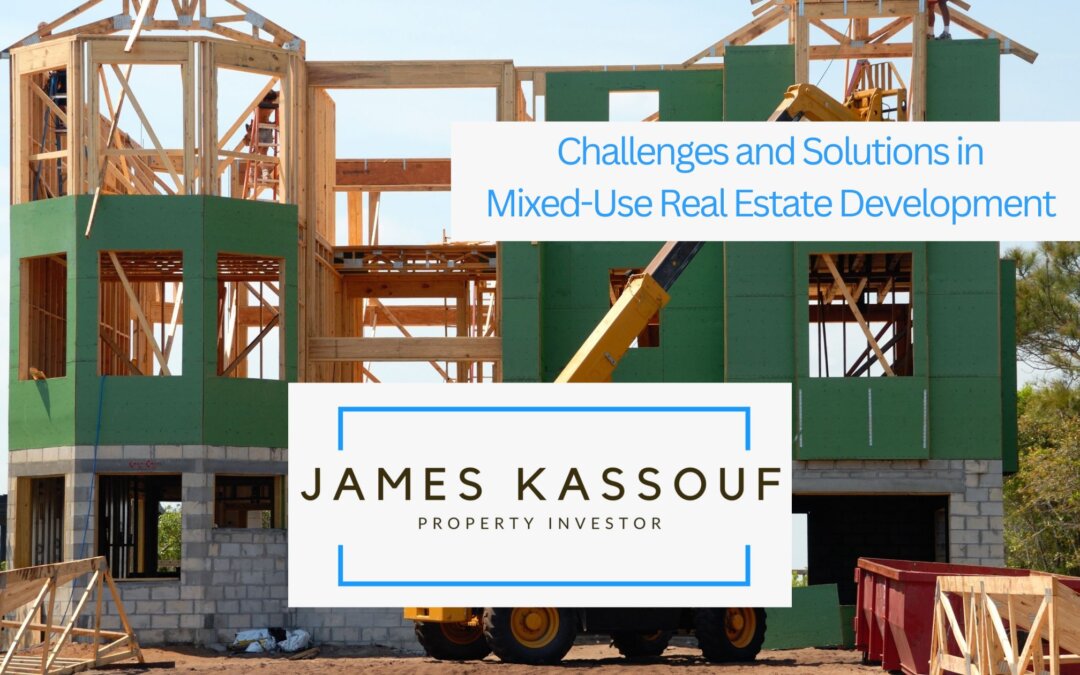Mixed-Use Real Estate Development has gradually burgeoned, integrating residential, commercial, and sometimes industrial spaces within a single project. It reflects a new age of urban living, fostering community interaction and reducing transportation needs, thus contributing to sustainable urban development. However, despite its increasing appeal, developers face a myriad of challenges. These hurdles range from zoning and financial issues to design and tenant mix coordination. Addressing these challenges effectively is crucial for the success and sustainability of these developments.
The concept is not new; historical urban centers were inherently blended. However, post-industrial era zoning laws segregated different land uses, leading to the car-centric urban sprawl we often see today. Modern versions seek to revert to a more integrated urban form, responding to the increasing demand for walkable, vibrant, and diverse urban environments. As cities continue to grow and evolve, these developments will play a vital role in shaping urban landscapes. Despite its potential, several challenges inhibit the full realization of mixed-use projects, necessitating a comprehensive understanding and strategic approach.
Zoning and Regulatory Challenges
One of the primary hurdles is zoning and regulatory requirements. Traditional zoning laws often segregate land uses, which conflicts with the mixed-use philosophy. Achieving the necessary approvals and variances can be a time-consuming and expensive ordeal. Advocacy for zoning reform is crucial. Engaging with local authorities to educate them on multipurpose benefits can help alter existing zoning regulations. Additionally, developers should collaborate with urban planners and legal experts to navigate the regulatory landscape efficiently.
Financial and Economic Challenges
Combination developments require significant capital investment upfront, and the financial models can be complex due to integrating different types of spaces. Moreover, determining the right tenant mix to ensure economic viability and attract investors can be challenging. Robust financial planning and engaging economic experts early can mitigate these challenges. Additionally, diversifying the tenant mix to include a broad spectrum of price points and industries can enhance economic resilience, attracting investors and a broader customer base.
Design and Infrastructure Challenges
Creating a design that harmonizes the varying needs of residential, commercial, and sometimes industrial tenants within a singular architectural plan requires a delicate balance. Moreover, infrastructure needs, such as parking and traffic management, demand careful consideration. Employing a multidisciplinary team of architects, urban designers, and engineers who are experienced is crucial. Moreover, engaging with the community to gather input on design can ensure the development meets the needs and expectations of future tenants and the surrounding neighborhood.
Real estate development holds immense potential for creating sustainable, vibrant urban communities. Yet, the hurdles are significant, and overcoming them requires a multifaceted, collaborative approach. Advocacy for zoning reform, robust financial planning, and employing a multidisciplinary design team are pivotal steps toward resolving the inherent challenges.

